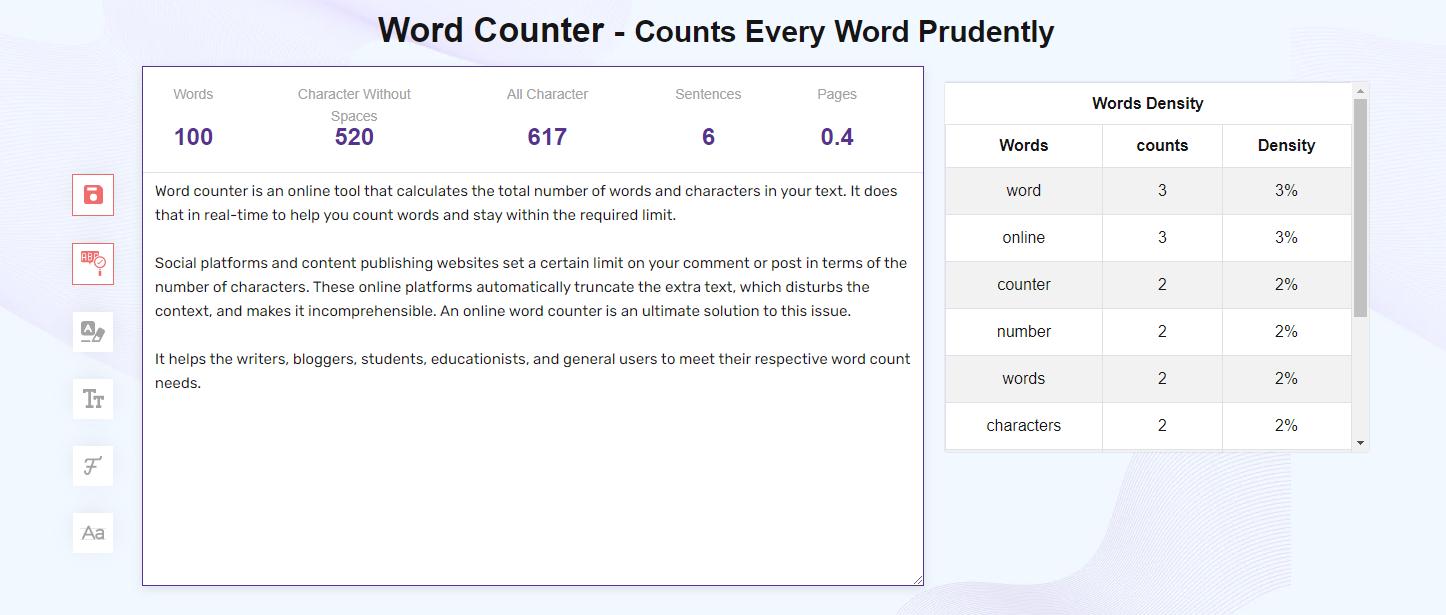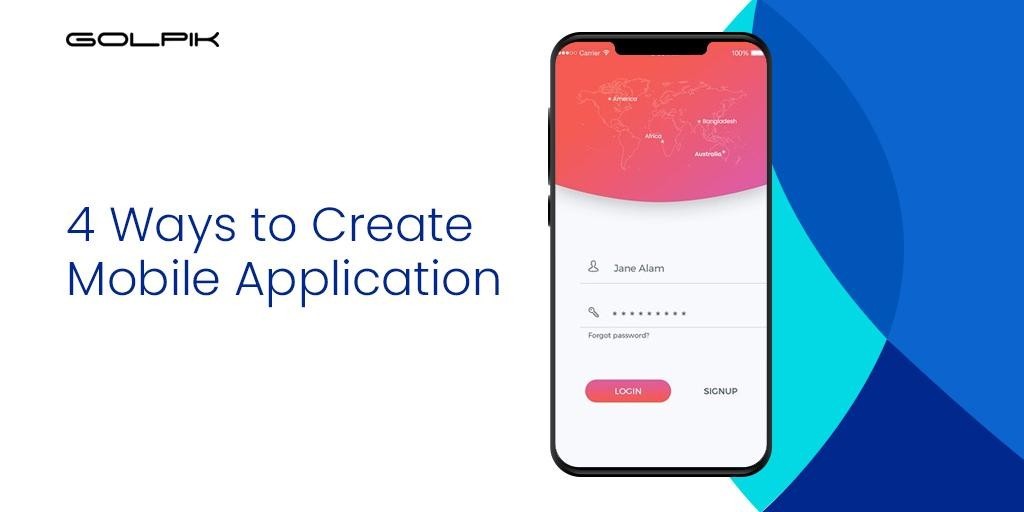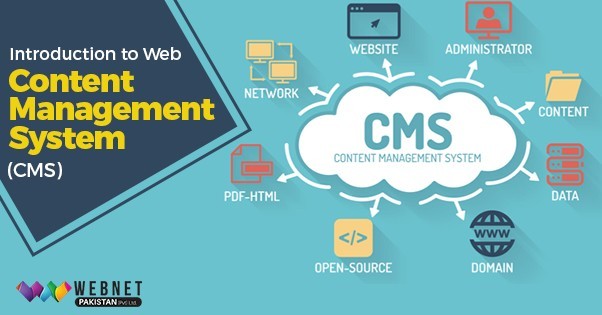SEO Writing: Improve Your writing skills With These 9 Magical Tips
Writing top-quality Content is a time-consuming task. It takes plenty of time to choose your desired topic, do detailed research, craft the Content, and publish it.
If your post fails to earn traffic, this process becomes frustrating.
Fine-tune SEO writing skills so that your site drives more traffic.
If you're wondering how to write an excellent SEO copy, this guide covers you. To create Content that's highly authoritative and achieves your goals, there are three key aspects you should master:
- Topic expertise
- Good writing skills
- Know-how of SEO
These elements are crucial whether you want to build brand authority or drive conversions.
So, let's dive into the recipe for improving your SEO writing skills, which all content writers and copywriters should know.
Do in-depth keyword research.
To ensure your target readers find your written Content, it must appear in the Search Engine Result Pages (SERPs). This means that you should focus on a topic that has the potential to reach a wider audience. To achieve this, you need to conduct in-depth keyword research.
Keyword research will help you understand what your target audience is searching for. It will also help you analyze your competitors and discover what keywords they use.
Avoid copying their Content. Instead, only copy the keywords.
Focus on one primary keyword.
When writing SEO-centric Content, people try to copy large numbers of keywords and write Content accordingly. This approach leads to disorganized copy—how bad it is!
Therefore, you should pick a primary keyword. That keyword will help you write title-oriented Content. The Content is straightforward to find.
Pick some secondary keywords.
From the image above. You can see bold keywords to use in your Content and what relevant secondary topics you can create that help SERP bots crawl and rank you.
The Content is so important.
To write a winning copy, you need to remember two things:
- Who your target audience is?
- What topic best fits their needs?
When writing on a particular topic, it is essential to avoid creating Content that closely resembles what is already available on search engines. Search engine crawlers prioritize new and informative Content that can add value to their users. Creating such Content will help your website rank higher and stand out from competitors.
Write a tailor-made meta title.
Now is the time to jump into the writing procedure and start with a meta title. How to write an eye-grabbing meta title?
The text on the SERPs and points out toward the topic webpage is known as meta title. It is also called a title tag. Your Content has two headings:
- Meta title that displays on the search results
- H1 shown on the article's page
It is not necessarily crucial that both these headings be identical. The introduction introduces your topic to the target audience, so it should be of optimum quality.
Use an online word counter to write an engaging title.
Meta title has a restriction of 60 characters. Thus, it would be best to compel readers to click on your title with these 60 characters. Copy engines will not show exceeding characters if you write over 60 characters.
You can trim your meta title using an online word counter and make it more persuasive. This is where many expert writers use a Word counter online to write clickable meta titles. It displays the total number of written characters (with and without spaces).

Using this word count online tool, you can change the font case of your title. It offers four font cases:
- Title Case
- Upper Case
- Lower Case
- Sentence Case
It is best to use "Title Case" for your meta title. Most professional SEO content writers apply this case in their titles. So, write a powerful title with this free word counter tool.
Craft an optimized meta-description
The brief description written under the meta title is called the meta description. It is an excellent way to persuade readers to click on your title over competitors'.
To write an optimized description, you need to follow these points:
- Write a brief description of 140-160 characters elaborating on the topic.
- Include the primary keyword in it.
- Add a strong call-to-action in the meta description.
Create an attractive H1
If you want to spice up your Content, write a catchy H1. In your H1, add descriptive words like "where," "why," and "how." This will help readers expect what they are going to read.
To add more creativity to your SEO writing, use numbers like "5 best tips," "top 7," and many others.
Remember to include the entire article's heart in the H1. Otherwise, Google will treat it as low-quality Content.
Focus on content structure & readability.
A decent structure is an essential component of developing top-quality SEO content. Add headings and subheadings to make your Content easy to read and digest.
How do you make your Content easy to read?
Follow these points:
- Include a table of contents at the beginning of your copy. This will help readers quickly reach the desired section.
- One paragraph should convey a single idea. Divide the Content into smaller, manageable sections to keep your readers on track.
- Avoid dragging your Content. Instead, make it long only if your topic requires lengthy text. The longer article drives more traffic than the average range.
- It does not mean you only need to write a lengthy copy at any cost. Sometimes, shorter articles can do the same magic.
- Respond to readers' queries. You can include frequently asked questions in headings and subheadings, which will assist you in catching their attention.
- You can highlight all the vital points. Also, you can change the font of the text.
- Use bullet points because readers love reading brief information.
- Avoid writing lengthy sentences. Divide all the long sentences into smaller ones.
Include a readable URL
Like the meta title and H1, your page's URL should also describe the page's Content. It will also tell readers what your Content is about.
It needs to be very simple. The URL should also include the main keyword.
Include images in your Content.
In addition to the Content, images can capture readers' attention and keep them engaged with your text. Therefore, you can add a variety of visuals, such as photos, videos, graphs, and infographics, in your article to provide value to your target audience. It's important to note that images can also affect your website's search engine ranking and generate additional traffic.
Proofread and edit your SEO-focused article.
To make your cContentlook professional, removing all typos, grammar, and punctuation mistakes is essential. You can proofread and edit it yourself or have someone else look at it with fresh eyes.
In conclusion, writingContentt, which drives conversions and generates leads, requires proper SEO knowledge and strong writing skills. I have provided you with nine practical tips to improve your SEO writing. Now, you can start crafting a top-level SEO copy with confidence.
I am wishing you the best of luck!


















0 comment